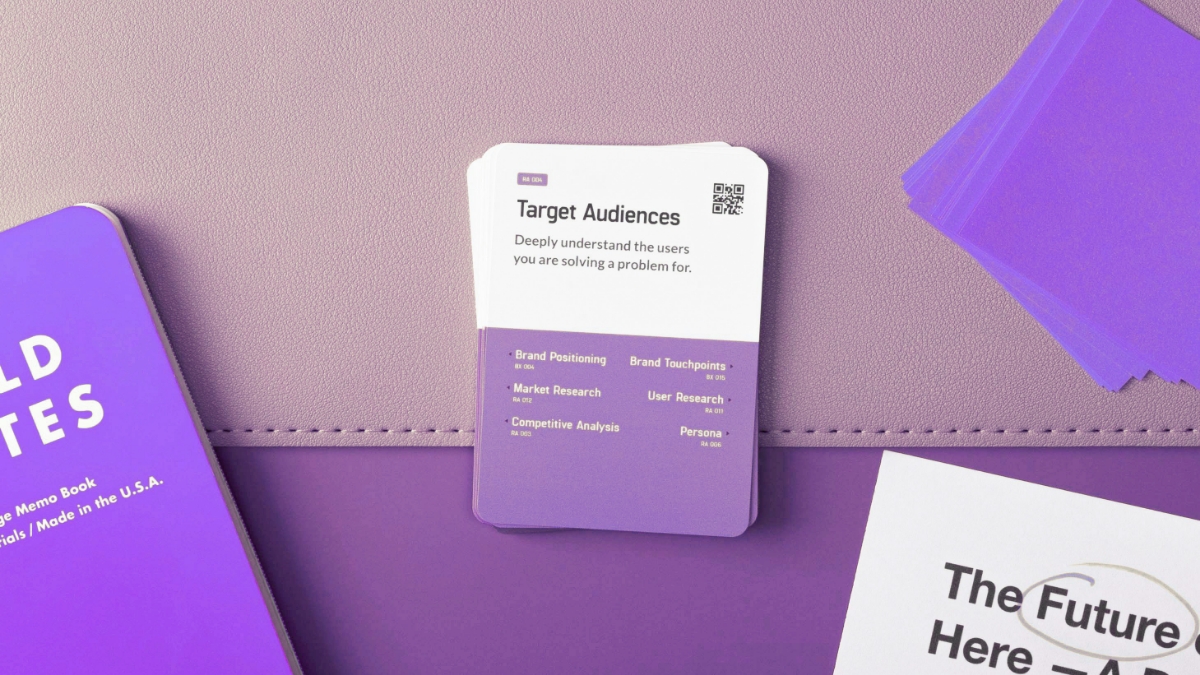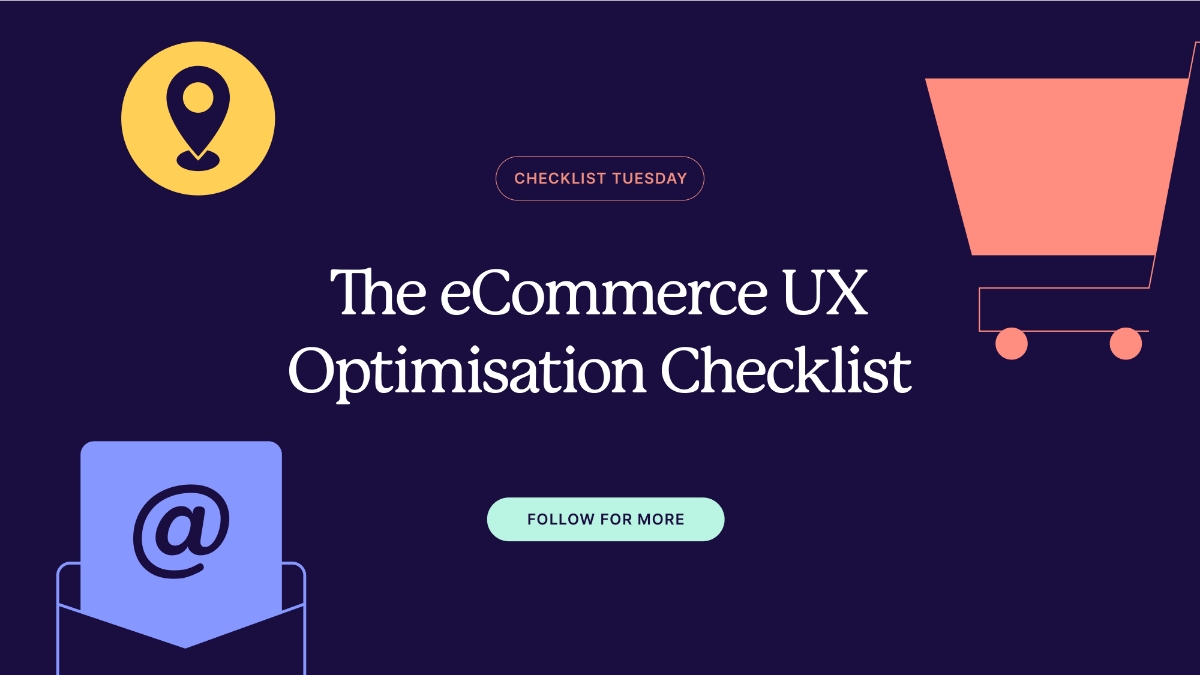A well-crafted brand does more than just look good — it communicates who you are, what you stand for, and why customers should choose you. Whether you’re launching a new business or refreshing an existing one, understanding how to build your brand is essential to creating a lasting impression and cultivating customer loyalty.
In this article, we’ll explore what a brand truly is (and isn’t), the core components that form the foundation of a brand, and the essential steps to bring your brand to life.
What is a Brand — and What Isn’t?
A brand is not a logo, it’s not a design piece, it’s not your tagline. While those elements play a role, your brand goes far beyond this. At its core, your brand is the perception people have of your business. It’s how you make people feel, the values you convey, and the promise you consistently deliver.
A brand is:
- The emotional and psychological relationship you build with your audience
- Your company’s personality, tone of voice, and customer experience
- The values, mission, and positioning you hold in the market
A brand is not:
- Your logo (your logo is one part of your brand’s identity)
- Your website
- Something you can ‘set and forget’
When built with intention, your brand is your most valuable asset.
The Core Ingredients of a Memorable Brand
Before you begin developing creative assets, it’s important to understand the key components that shape your brand. Think of these as the ‘DNA’ that guides everything else — from design choices to customer interactions.
Here are the essential elements:
1. Brand Purpose
Why does your business exist beyond making a profit? Your purpose defines the deeper reason you do what you do, helping customers connect with you on a meaningful level.
Example: A skincare brand might exist to promote self-confidence and sustainable beauty, not just sell moisturiser.
Action: Write a one- or two-sentence purpose statement that reflects what your brand believes in and why it exists. This will be used to guide every decision you make.
2. Brand Values
What principles guide your business decisions and behaviours? Your values help shape company culture and customer trust and define your brand’s moral compass to help establish a consistent voice and direction.
Example: A food company’s mission might be “to make healthy eating accessible to everyone,” with values such as sustainability, transparency, and inclusivity.
3. Target Audience
Who are you speaking to? Understanding who you’re speaking to is critical. A brand can’t be everything to everyone. To connect deeply, you need to understand your ideal customer — their demographics, goals, pain points, and behaviours.
Example: A skincare brand targeting Gen Z may focus on sustainability and TikTok-friendly content, while a brand for mature skin would focus on efficacy and trust.
Action: Create customer personas and use market research tools like Google Trends, Meta Audience Insights, or surveys to understand what your audience cares about.
4. Brand Personality
How would your brand speak if it were a person? Friendly? Bold? Professional? Defining this helps you create consistent messaging across all platforms.
Example: A playful tone for a pet brand vs. a calm and authoritative tone for a financial advisor.
5. Brand Positioning
What makes you different from competitors? Your unique value proposition and market position should be clear and compelling.
Example: “The only local café using native Australian ingredients in every dish.”
Key Steps to Bring Your Brand to Life
With your brand foundations in place, it’s time to translate them into tangible experiences and assets.
1. Develop Your Brand Strategy
A brand strategy is a long-term plan that defines how a business will build and manage its brand to achieve specific goals. It outlines the key elements of a brand’s identity, values, positioning, and messaging, and sets the direction for how the brand communicates with its target audience.
The goal of a brand strategy is to create a strong, consistent, and memorable brand that resonates with customers, differentiates the business from competitors, and drives long-term loyalty and growth.
2. Craft Your Brand Voice and Messaging
Define how you speak to your audience. Consider tone, language, and messaging pillars that align with your brand personality.
Tip: Write sample headlines, social media captions, or ‘about us’ copy to test if your tone is consistent and on-brand.
3. Create a Visual Identity
Work with a designer or agency to bring your brand’s personality to life visually.
Start by developing your logo and brand guidelines. Your brand guidelines (sometimes called a brand manual) documents how your brand should be presented across different mediums. These include your logo usage, fonts, colours, tone of voice, imagery style and more. These elements should align with your personality and appeal to your audience and are essential for maintaining consistency and professionalism.
Example: A brand that stands for calm and clarity might use soft neutrals and generous white space; a bold tech brand might use high-contrast colours and geometric fonts.
Tip: Consistent branding across all touchpoints increases revenue by up to 23%, according to recent studies.
4. Apply Your Brand Across All Touchpoints To Create a Consistent Brand Experience
Your brand should be reflected everywhere — your website, packaging, social media, signage, email footers, and even how your team answers the phone. Every interaction matters. Your brand isn’t just what you say — it’s how people experience you.
Example: A wellness brand known for calm, supportive messaging should reflect that same tone in its checkout process, order emails, and helpdesk responses.
Action: Audit all your customer touchpoints. Ask: Is the tone, design, and user experience aligned with our brand values and personality?
5. Build Internal Alignment
Make sure your team understands and embraces the brand. This helps maintain consistency and fosters a unified brand culture.
Lead by example, and encourage feedback to make adjustments where needed. Recognise and celebrate employees who exemplify the brand, fostering a culture of collaboration and unity. This approach ensures that your team fully understands and embraces the brand, leading to a consistent and cohesive brand experience both internally and externally.
6. Launch, Build Awareness and Stay Engaged
When you’re ready to unveil your brand, don’t just drop a new logo and call it a day. Building a brand takes time and repetition. Engage your audience through marketing campaigns, storytelling, social media, partnerships, and PR — and always be authentic.
Action: Use a content plan and brand voice guide to stay consistent. Track engagement and feedback to refine your message and keep growing.
Final Thoughts
Building a brand isn’t just about aesthetics — it’s about creating a cohesive identity that resonates with your audience and sets you apart in the market. By taking the time to clarify your purpose, understand your audience, and bring consistency to your message and visuals, you’ll create a brand that’s not only recognisable but meaningful.
Whether you’re just starting out or refreshing your identity, remember: strong brands are built with strategy, not shortcuts.
Ready to build the perfect website for your brand?
Greenhat has a unique blend of technical acumen and strategic insight to help you get the most out of your website. Connect with Greenhat’s team today to schedule a site analysis and strategy session.







